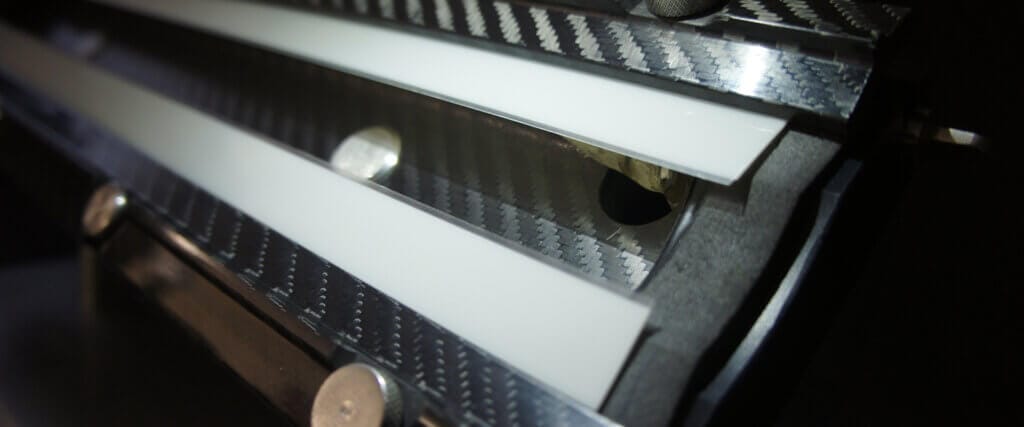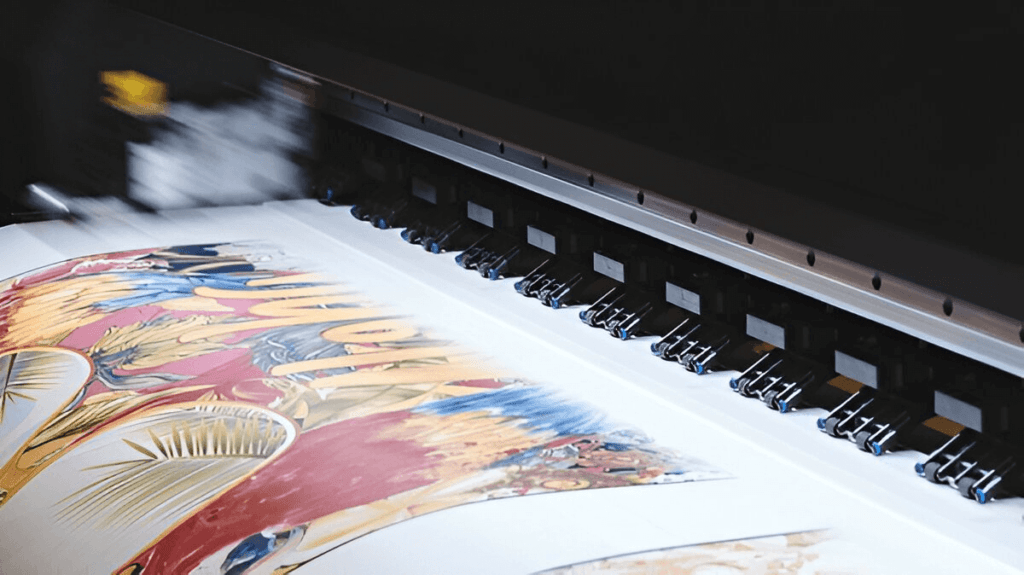Understanding Heavy-Duty Cutting Knives
Heavy-duty industrial cutting knives are engineered tools designed to perform precise cutting operations in demanding environments. These knives stand out due to their robust construction, built to withstand the rigors of industrial use. Unlike standard cutting tools, which may suffice for lighter applications, heavy-duty knives incorporate advanced materials and industry-specific designs that elevate their performance levels. Typically fashioned from high-carbon steel or alloy steels, these knives offer enhanced durability and edge retention, crucial for maintaining cutting efficiency over extended periods.
There are various types of heavy-duty industrial cutting knives, each tailored to meet specific cutting requirements. For instance, guillotine knives are prevalent in the paper and textile industries, where they provide clean and accurate cuts. On the other hand, shear blades are designed for metal cutting, offering the strength necessary to slice through tough materials. Other specialized knives such as rotary cutters and slitting knives are also available, each suited for particular applications ranging from food processing to packaging.
The design features of heavy-duty industrial cutting knives differentiate them from standard models. A common attribute is the blade thickness, which not only contributes to their strength but also enhances stability during cutting operations. Additionally, the geometry of the blade is optimized for specific cutting tasks, ensuring that the knives achieve high precision and clean cuts. Manufacturing methods may include heat treatment and hardening processes that further increase the toughness and wear resistance of these tools. This combination of materials, design, and construction methods ensures that heavy-duty cutting knives are reliable assets in any industrial setting that requires strength and precision.
Benefits of Heavy-Duty Cutting Knives
Heavy-duty industrial cutting knives provide numerous advantages that enhance operational efficiency across various industries. One of the principal benefits is enhanced cutting precision. These knives are designed to maintain sharpness over prolonged usage, enabling users to achieve clean and accurate cuts consistently. For example, in the packaging industry, achieving precise cuts is critical to ensure that materials fit perfectly and waste is minimized. This level of accuracy reduces the need for rework and contributes to smoother production flows.
Additionally, heavy-duty cutting knives reduce downtime caused by tool failure. Industrial operations rely on tools that are durable and withstand rigorous use. These cutting knives are crafted from high-quality materials, which not only prolongs their lifespan but also minimizes the frequency of replacements. As a result, businesses can experience significant improvements in productivity, as less time is spent on maintenance and equipment changes. This reliability is especially crucial in sectors such as manufacturing, where unplanned downtime can lead to costly delays.
Safety is another paramount advantage associated with heavy-duty industrial cutting knives. Many of these knives come equipped with safety features designed to protect workers during operation. The ergonomic designs and material quality help reduce the risk of accidents, promoting a safer work environment. For instance, in construction settings, where heavy materials are involved, using reliable cutting knives can mitigate the potential for injuries that arise from equipment failure.
Moreover, investing in high-quality cutting tools can result in long-term cost efficiency. Although the upfront costs might be higher, the durability and performance of heavy-duty knives translate to lower operational costs over time. Companies can reduce expenditure on tool replacements and repairs, making it a financially sound choice. In conclusion, the benefits of heavy-duty industrial cutting knives are indispensable, providing significant advantages in precision, reliability, safety, and cost management across various sectors.
Choosing the Right Heavy-Duty Cutting Knife for Your Business
When selecting a heavy-duty industrial cutting knife for your business, several critical factors must be considered to ensure optimal performance and longevity. The first aspect to evaluate is the blade material. Typically, blades are made from high-carbon steel, stainless steel, or tool steel. High-carbon steel offers exceptional strength and edge retention, making it ideal for applications requiring frequent cuts. On the other hand, stainless steel is resistant to corrosion, making it suitable for environments where moisture is present. Tool steel, known for its durability and hardness, is often preferred for specialized cutting tasks.
Another important factor is the size and shape of the knife. Different tasks may necessitate varying blade lengths and widths. For instance, longer blades provide greater reach for large materials, while shorter blades offer more control for intricate cuts. Consider the specific applications your business will encounter and choose a knife that balances both size and maneuverability. Furthermore, the shape of the blade can influence efficiency; straighter blades are generally better for slicing, while curved blades are suited for more versatile cutting actions.
Compatibility with existing equipment is crucial for seamless operations. Ensure that the heavy-duty cutting knife is compatible with any machinery, such as cutting tables or automated systems, already in use. This will not only maximize efficiency but will also eliminate unnecessary downtime during transitions. Lastly, assessing the quality of knives from various manufacturers is imperative. Look for reputable brands with proven track records in producing durable and reliable heavy-duty industrial cutting knives. Reading customer reviews, requesting product samples, and examining warranty offerings can also help in making an informed decision.
Maintaining and Caring for Heavy-Duty Knives
Proper maintenance and care are essential for ensuring the longevity and performance of heavy-duty industrial cutting knives. Regular cleaning is the first step in maintaining these tools. After each use, knives should be cleaned with warm, soapy water to remove any residues or debris that may accumulate. It is advisable to avoid abrasive cleaners or sponges that can damage the blade’s surface. For optimal hygiene, particularly in industries where food safety is paramount, sanitizing the knives is crucial following the cleaning process.
Sharpening is another critical aspect of maintenance. Dull blades can lead to inefficient cutting and increased strain on the user. It is recommended to sharpen heavy-duty cutting knives regularly, based on usage frequency. Using a professional sharpening service can help maintain the knife’s integrity, but in cases where in-house maintenance is preferred, honing and sharpening stones can be utilized. Understanding the correct angles for sharpening is also vital to avoid damaging the blade.
When it comes to storage, heavy-duty industrial cutting knives should be stored in a way that prevents dulling or accidental injuries. Utilizing knife blocks, magnetic strips, or protective sheaths can be effective solutions. Store the knives in a dry environment to prevent rusting, especially for those made from high-carbon steel.
Handling techniques play a significant role in the preservation of these tools. Employing proper grips and using the knife for its intended purpose reduces the risk of wear and tear. It is also important to regularly inspect the knives for any signs of damage or wear, such as chips or cracks. Identifying these issues early on can prevent more severe problems down the line. Knowing when it’s time to replace a knife is crucial for safety and efficiency, and this typically occurs when repairs or sharpening can no longer restore optimal performance.






